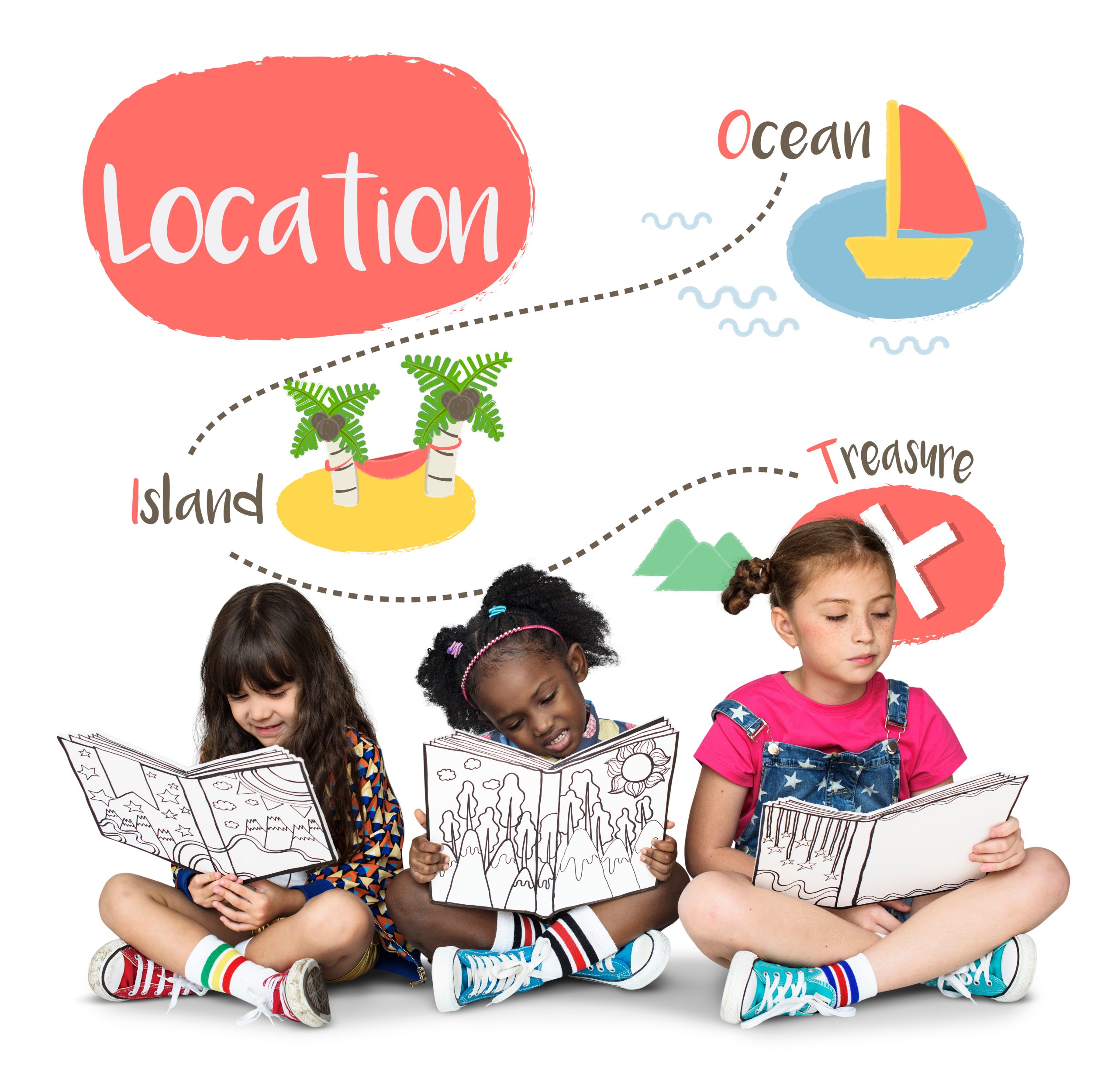
123rf
Raising a son comes with great responsibilities and opportunities, especially in shaping his understanding of the world and his place within it. Before a boy reaches his teenage years, there are crucial conversations a father should ensure they have together. These discussions can set the foundation for a lifetime of wisdom, empathy, and strength. Here are ten essential topics every father should broach with his son before he turns 13.
1. Respect for Others

123rf
Teaching your son about respect is fundamental. It goes beyond polite manners; it’s about understanding and valuing differences. Explain that everyone, regardless of gender, race, or background, deserves respect and has something valuable to offer. Discuss the importance of listening as much as speaking and show him how to disagree respectfully. Encourage him to stand up for others who are being treated poorly and to always consider how his words and actions might affect someone else.
2. Emotional Expression

123rf
Many boys grow up with the misconception that showing emotion is a sign of weakness. Counter this myth by encouraging your son to express his feelings openly. Explain that it’s perfectly normal to feel sad, scared, or nervous and that talking about these emotions is healthy. Teach him appropriate ways to handle anger and frustration, ensuring he knows it’s okay to ask for help when overwhelmed. Use examples from your own life to illustrate how you manage emotions, reinforcing that vulnerability is not just acceptable but strength.
3. Responsibility and Work Ethic

123rf
Introduce the concept of responsibility early on by assigning age-appropriate chores and explaining the importance of commitment, whether it’s homework, sports, or household duties. Discuss the value of hard work and perseverance. Encourage him to set goals and follow through on commitments, even when it’s difficult. Teach him that mistakes are opportunities for learning, not just something to be upset about. Explain the satisfaction that comes from a job well done and the importance of contributing to the family and community.
4. The Value of Education

123rf
Emphasize that learning doesn’t just happen in school—it’s a lifelong process. Encourage curiosity and a love for learning by exploring his interests and hobbies together. Discuss how education can open doors and provide opportunities, and how knowledge itself can be a reward. Highlight the importance of reading and self-education as tools for personal growth. Help him understand that education shapes his ability to make informed decisions and equips him with the tools to achieve his dreams.
5. Peer Pressure and Choosing Friends

123rf
Talk about the influence that friends can have, both positive and negative. Teach him how to choose friends who will uplift and support him rather than lead him astray. Discuss scenarios he might encounter and how to say no to things that don’t align with his values. Emphasize the importance of being his own person and not just following the crowd. Encourage him to be a good friend, to be trustworthy, and to expect the same in return.
6. Internet and Social Media Safety

123rf
In an age where digital presence is inevitable, teaching your son about internet safety is crucial. Discuss the permanence of the digital footprint and the importance of thinking before posting. Warn him about the dangers of sharing personal information and the risks of talking to strangers online. Teach him about cyberbullying and the impact his words can have online, just as they do in person. Encourage him to come to you if anything online makes him feel uncomfortable or threatened.
7. Health and Personal Hygiene

123rf
As boys approach adolescence, their bodies change, and maintaining good hygiene becomes essential. Discuss the basics of personal care, including the importance of daily washing and the use of deodorant. Talk about the changes he can expect during puberty and normalize these transformations. Explain why a healthy diet and regular exercise are crucial not just for physical but also mental health. Teach him to listen to his body and seek help when something doesn’t feel right.
8. Respect for Women and Gender Equality

123rf
It’s essential to teach your son about gender equality and the importance of respecting women from a young age. Discuss how stereotypes can be damaging and limit both boys and girls. Teach him to treat everyone equally and challenge gender roles. Explain the significance of consent and respecting boundaries. Model respectful behavior in your relationships, so he can understand and mimic appropriate interactions.
9. Financial Responsibility

123rf
Teach your son the basics of money management, including saving, budgeting, and the value of money. Discuss the importance of saving for the future and how to make wise spending decisions. Introduce him to basic concepts of earning, spending, and saving. Explain why it’s important to avoid impulse buying and to think critically about needs versus wants. Make financial literacy a fun and engaging topic that prepares him for future financial independence.
10. The Importance of Honesty and Integrity

123rf
Impart the value of integrity and the importance of being truthful. Explain how honesty builds trust in relationships and is crucial for maintaining them. Discuss the consequences of lying and deceit, not just for others but for one’s self-respect. Teach him that true strength lies in honesty, even when it’s difficult. Share stories from your life where being honest was challenging but ultimately the right decision.
Nurturing a Future Gentleman

123rf
Having these conversations is not just about imparting wisdom—it’s about connecting with your son and preparing him for the complexities of the world. Each discussion helps to build his character and guide him towards becoming a thoughtful, respectful, and responsible man. Remember, these are not one-time talks, but ongoing dialogues that will evolve as he grows. Keep the lines of communication open and foster an environment where he feels safe to share, ask questions, and grow.






























































































































